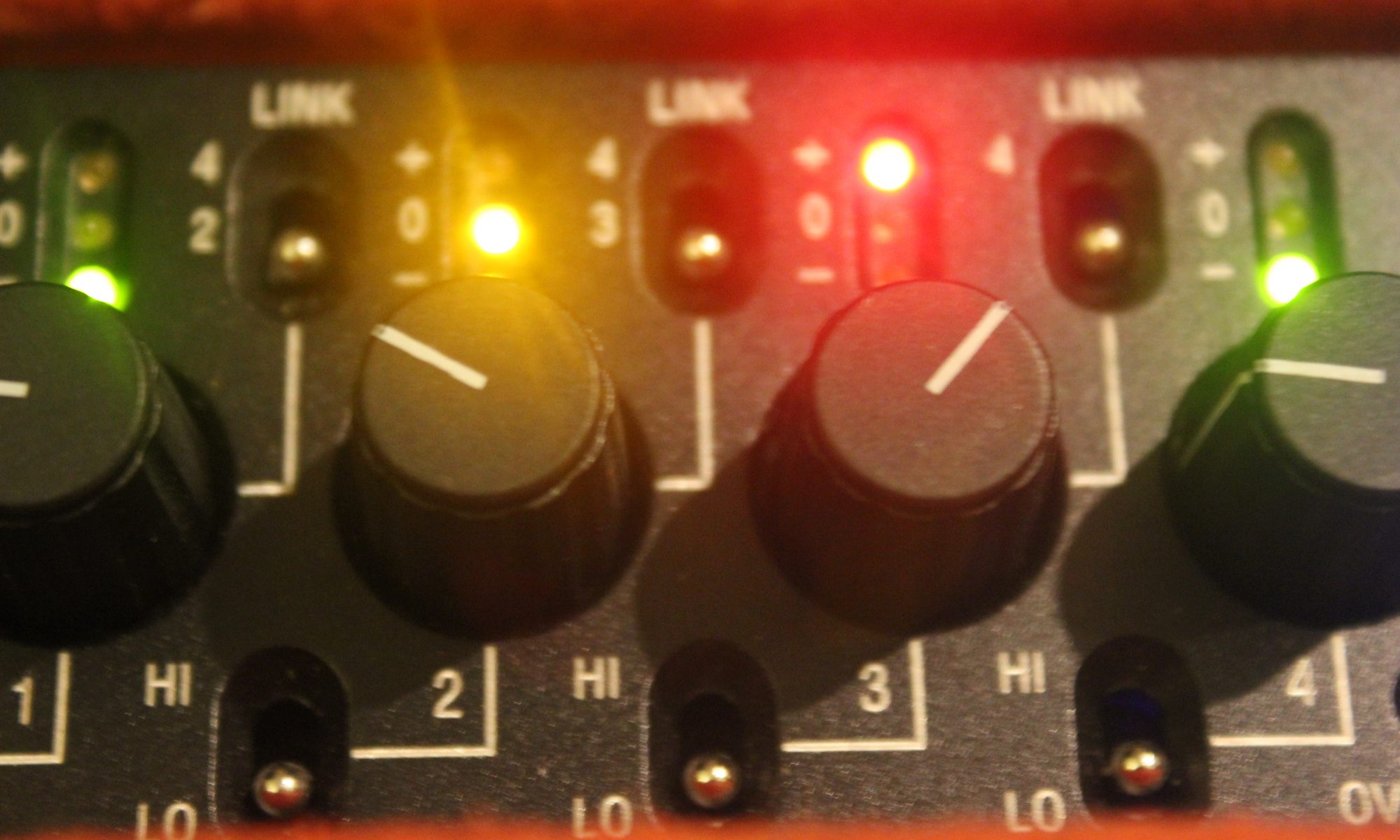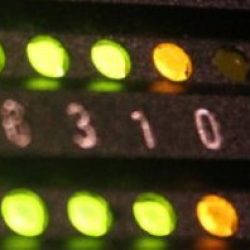In almost all production recording systems some kind of field recorder is used. In most of these cases they’re actually a very specialised computer running a cut down operating system (usually a Linux kernel or Windows Embedded variant) with custom software.
For example, I’ve found my Tascam HD-P2 runs Windows CE (it’s mentioned in the version 1.05 release notes). As a you start to think *OMFG my recorder will BSOD on me*, a lot of the problems with Windows (and other OS) is when things get changed, and systems have to deal with this. Usually with embedded systems this isn’t the case, they’re ‘sealed units’ and run all sorts of systems which cannot tolerate failure like aircraft autopilot systems and industrial automation systems.
Why not run a specialised computer for recording purposes? It’ll be much cheaper, right?
One of the main issues is software. Although there are quite a few programs for multichannel audio recording and mixing, most do a lot of things you don’t need for production recording (which means more to go wrong) and some don’t do some things you do need (metadata editing and Time Code input).
The best course of action would be to use a piece of software designed for this purpose, AFAIK there are three (prices include VAT):
Boom Recorder (Mac OSX only) £175
Metacorder (Mac OSX only) £1314
SADiE MTR (Windows only, with SADiE Hardware) £4100 with LRX2
You also need an interface to get the audio into the computer. Here’s a list of those which I’ve found which have at least 8 inputs and a DSP routing system, can be powered by DC in the field
| Interface | Price | Weight (kg) | Dimensions (mm) | Power Consumption (W) |
| RME FF UC (USB) | 722.73 | 1.5 | 218x44x155 | 13 |
| RME FF UCX (USB/FW) | 958.26 | 1.5 | 218x44x155 | 13 |
| MOTU Traveler mk3 (FW) | 589 | 1.73 | 375x44x229 | ? |
| Metric Halo 2882 (FW) | 1215 | 2 | 343x44x279 | 8 |
| Sadie LRX2 (USB) | 4100 | 6 | 330x65x423 | 50 |
Now you’ll need a computer to run it. I initially had ideas of very small industrial machines with no moving parts and Atom/AMD Fusion CPUs. These would work fine with the SADiE system (in face any machine with a hard drive fast enough should, as the LRX does the heavy lifting), but I’m not too sure about running OSX on them. In addition to this the RME USB interfaces don’t work too well with Atom machines (and haven’t been tested with the AMD chips).
Having a look round for a small computer which will run off DC power, not have an atom processor and run OSX it looks like you’re looking at a Mac or a going for a ‘hackintosh’ job (installing OSX on an non-apple x86 machine) on a similarly sized ‘ultrabook’ (which would cost around the same for the base machine). Prices are given with 15% discount (either as a refurb or through a number of discount schemes, education etc). I’ve discounted the low end Macbook air as I don’t think 2GB memory will cut it:
| Computer | Price (£) | Battery life (Whr) | Power consumption (W) | Weight (kg) | |
| Display off | Display on | ||||
| Macbook Air 11” i5 4GB 128GB | 850 | 35 | 4.2 | 9 | 1.06 |
| Macbook Air 11” i7 4GB 128GB | 970 | 35 | 4.2 | 9 | 1.06 |
| Macbook Pro 13” i7 128GB SSD | 1172 | 63.5 | 7.2 | 12.7 | 2 |
Another thing which will need to be added to the system is a TCXO clock, if time code sync is required (clock on LRX2 will probably suffice). Here are some options:
| Denecke SB3 | £384 | |
| Timecode Buddy Master | £810.00 | |
| Ambient ACL203 | £690 |
In order to use firewire interfaces with the Macbook air, you need some kind of thunderbolt adapter. The cheapest current method is (this means it’s actually cheaper to use an RME FF UC with Macbook Air):
| Sonnet thunderbolt to expresscard | 123.60 |
| Thunderbolt cable | 39 |
| Expresscard to FW | 16.78 |
In order to create mixes you’ll also need some kind of mixer or control surface. If you’re already running a mixer in front of your recorder you can probably make do. For drama/ cart based setups the only option I can see which runs from DC power is the Avid Artist Mix (formerly Euphonix MC mix) at £1000. On the other end of the scale there are a few USB powered things with knobs/faders on from Korg and Akai, which may break from just looking at them
| Control Surface | Cost (£) | Weight (kg) | Dimensions (mm) |
| Avid / Euphonix Artist Mix | 1000 | 2.2 | 238x30x420 |
| Mackie MCU Pro | 1000 | 7.6 | 419x119x423 |
Bag setups *may* be feasible by putting the laptop at the bottom of the bag, the interface where the recorder would normally be and using a small touchscreen monitor for control: eg Lilliput 669GL
Finally here’s a few example packages you could put together here The LRX2 price is taking into account using an existing laptop, adding the 16mic pre card and 25% discount for part ex with old SADiE kit (can be found on ebay for buttons):
| Price | Weight (kg) | Power Consumption (W) | |
| Cheap (MBA+FFUC+Monitor+Denecke+BR) | 2287.73 | 2.56 | 17.2 |
| Drama (MBAi7+FFUCX+Avid+Denecke+BR) | 3487.26 | 4.76 | 17.2 |
| Lo Power (MBAi7+MH2882+Denecke+BR) | 2941.03 | 3.06 | 12.2 |
| SADiE LRX2 (USB) | 4500 | 8 | 50 |
| Sound Devices 788T + CL9 | 6953 | 3.8 | 16 |
Here’s a comparison of different systems taking into account cost, weight and power consumption. I haven’t added the monitor power consumption- it’s around 8W, assuming you may also use one with a 788T system. I believe the LRX2 can actually display sync video on screen. I also don’t know the power consumption of the Avid Artist mix

